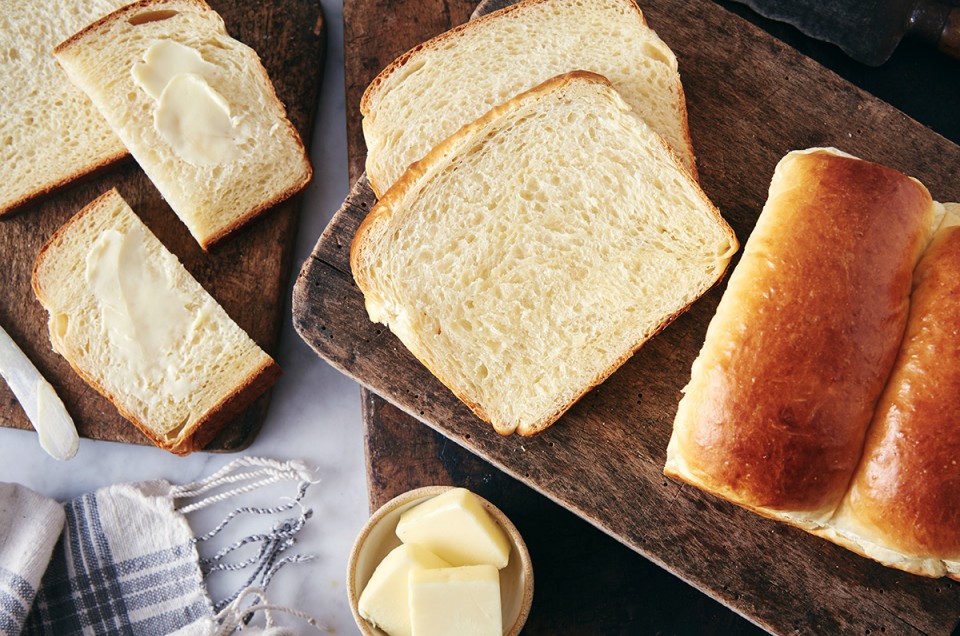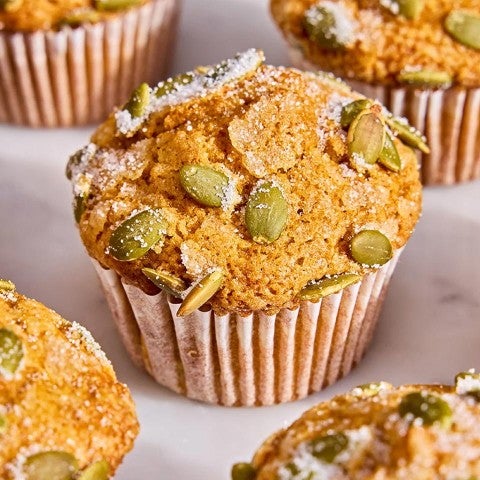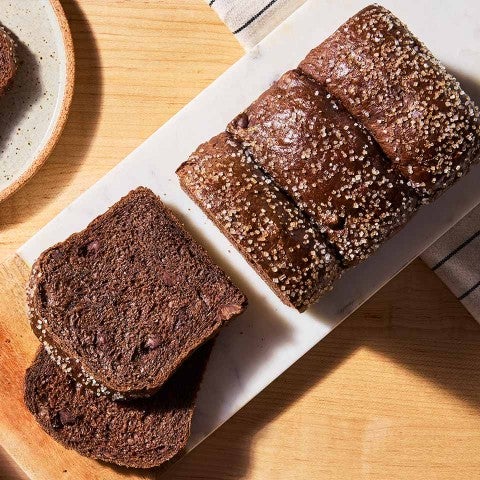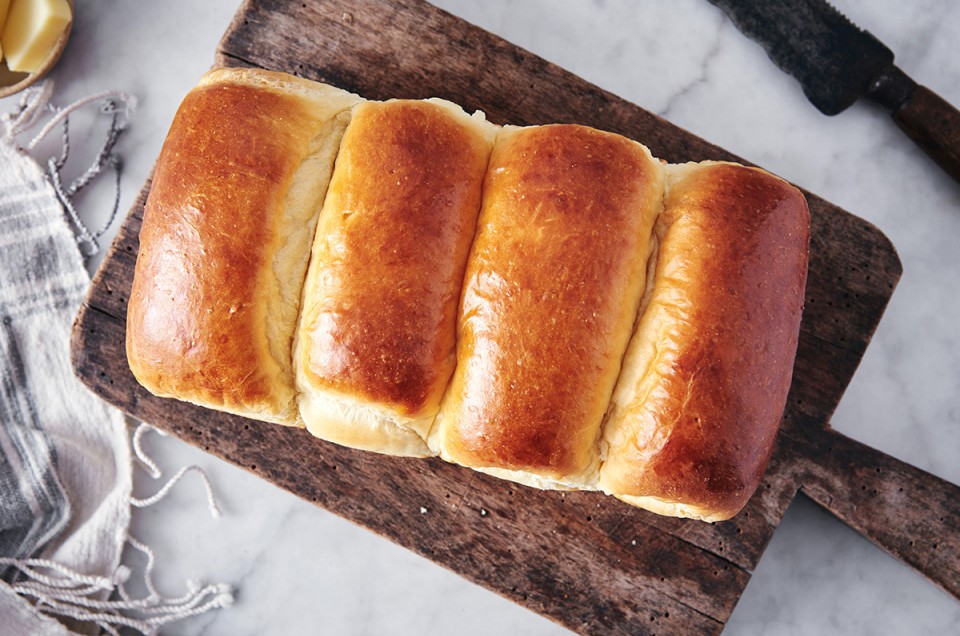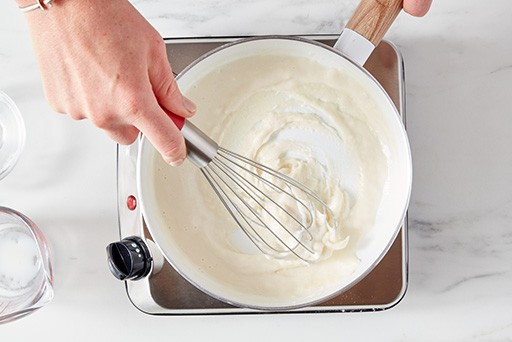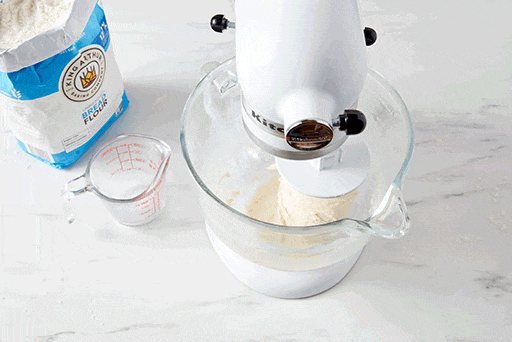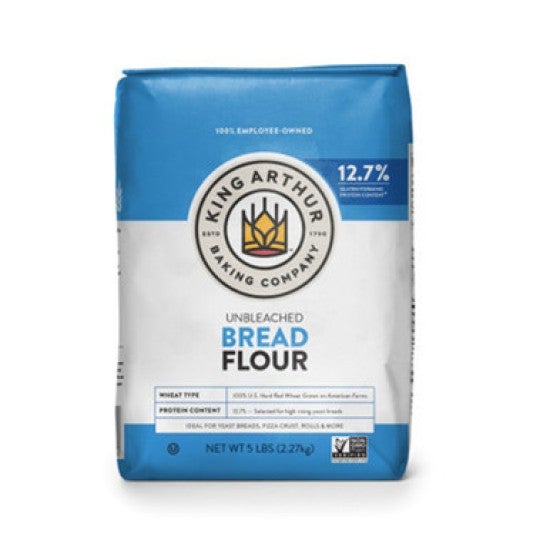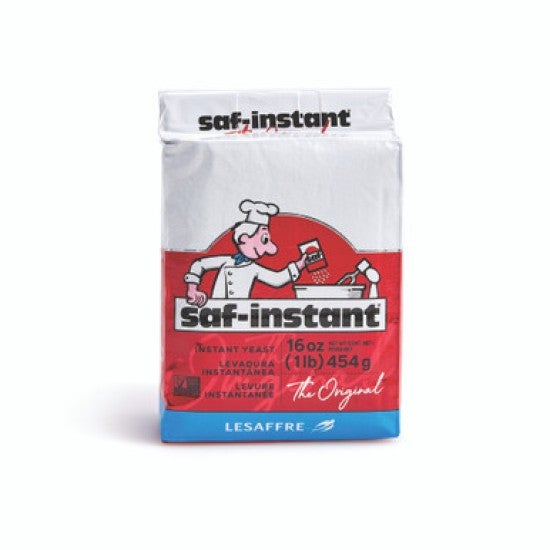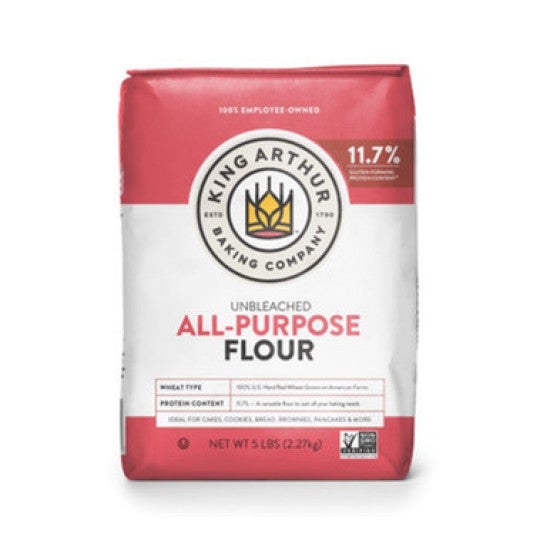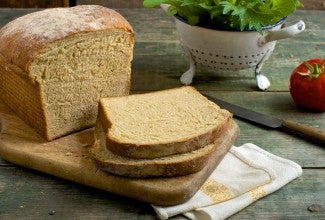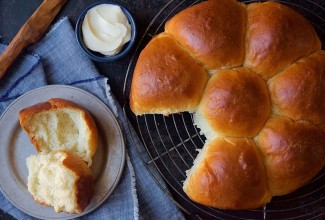Japanese Milk Bread
This recipe is our take on Japan's Hokkaido milk bread, a loaf so light it's often described as feathery. The technique to make it involves pre-cooking some of the flour and milk into a soft paste called tangzhong. (See "tips," below to learn more about its origins.) This simple step yields a loaf that’s tender, moist, and stays fresh longer than loaves prepared the standard way. Bread made with tangzhong is far and away superior to the pre-sliced, plastic-wrapped loaves that you'll find on grocery store shelves. Trust us: Once you bake and familiarize yourself with this loaf, you’ll never want to buy sandwich bread again!
